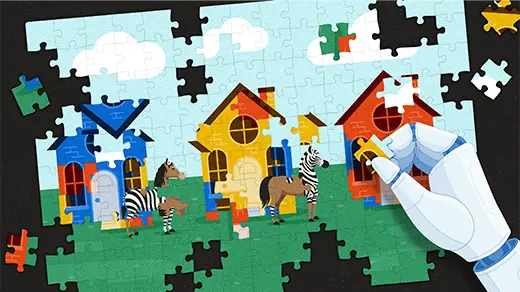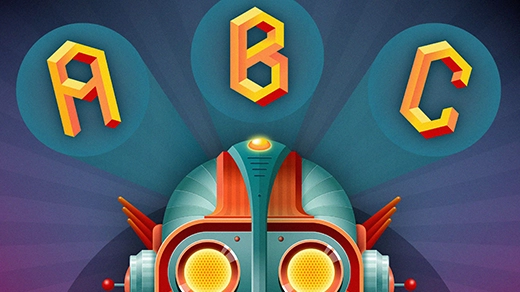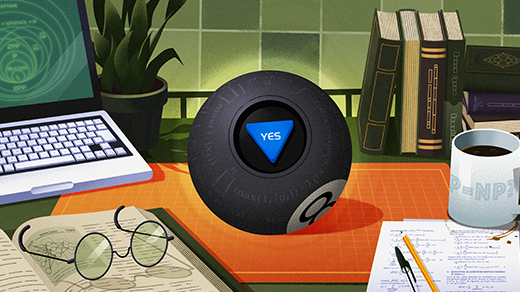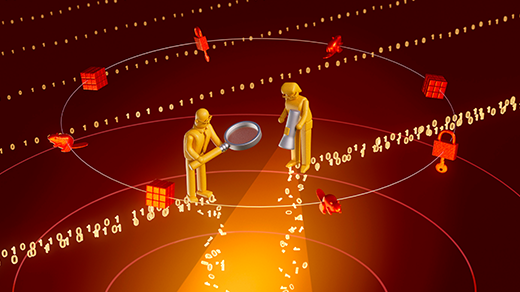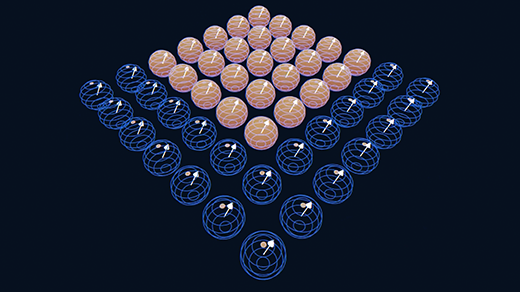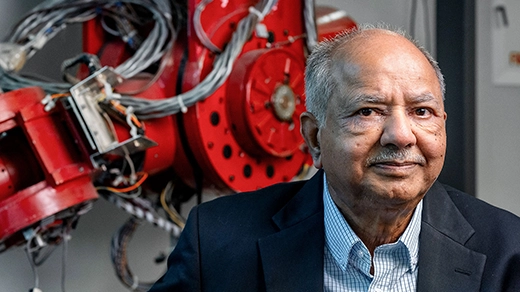What's up in
Computer science
Latest Articles
Chatbot Software Begins to Face Fundamental Limitations
Recent results show that large language models struggle with compositional tasks, suggesting a hard limit to their abilities.
New Book-Sorting Algorithm Almost Reaches Perfection
The library sorting problem is used across computer science for organizing far more than just books. A new solution is less than a page-width away from the theoretical ideal.
Mathematicians Discover New Way for Spheres to ‘Kiss’
A new proof marks the first progress in decades on important cases of the so-called kissing problem. Getting there meant doing away with traditional approaches.
Can AI Models Show Us How People Learn? Impossible Languages Point a Way.
Certain grammatical rules never appear in any known language. By constructing artificial languages that have these rules, linguists can use neural networks to explore how people learn.
Why Computer Scientists Consult Oracles
Hypothetical devices that can quickly and accurately answer questions have become a powerful tool in computational complexity theory.
The Year in Computer Science
Researchers got a better look at the thoughts of chatbots, amateurs learned exactly how complicated simple systems can be, and quantum computers passed an essential milestone.
Quantum Computers Cross Critical Error Threshold
In a first, researchers have shown that adding more “qubits” to a quantum computer can make it more resilient. It’s an essential step on the long road to practical applications.
The AI Pioneer With Provocative Plans for Humanity
While some fret about technology’s social impacts, Raj Reddy still believes in the power of artificial intelligence to improve lives.
What Is Distributed Computing?
Our computers can get a lot more done when they share the load with other machines.
